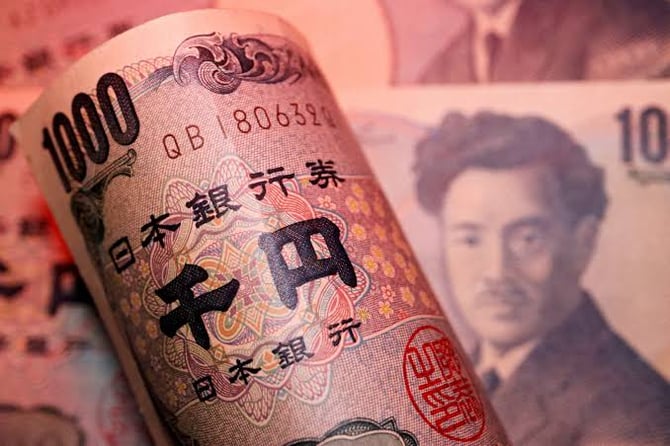Euro and Yen Face Record Weakness in Jittery June Markets

In June, the euro and Japanese yen saw significant declines against the US dollar amidst volatile global economic and political conditions. The euro fell to its lowest exchange rate against the dollar since May, dropping below 1.067, driven by political uncertainties within the EU.
At the same time, the yen weakened to its lowest level in 38 years, with the exchange rate reaching 160 yen per dollar, a level last seen in 1986. Against the euro, the yen also fell to a new low of 171.80 yen per euro.
The US dollar index surged to its highest level this year, bolstered by a strong economy, the Federal Reserve's hawkish stance, and investor enthusiasm for AI stocks on Wall Street. The euro's decline may continue if the French elections bring further political turmoil.
Market analysts warn that the euro could fall to parity with the US dollar amid ongoing political instability, particularly in France, where the upcoming parliamentary elections could lead to increased financial uncertainty.
What Does This Mean For Me?
Meanwhile, the yen's devaluation continues despite the Bank of Japan ending its negative interest rate policy for the first time since 2007. The yield on the 10-year Japanese government bond is now 1.1%, compared to 4.33% for its US counterpart.
This wide yield spread continues to favor the US dollar and other higher-yielding currencies, diminishing the yen's appeal. The BOJ's interventions in the forex market have had little effect, and unless the Fed reduces interest rates, the yen's weakness is likely to persist.
More News
.webp)
US Dollar Faces Biggest 6-Month Drop in Half a Century
5 months ago
.webp)
Dollar Slips to Three-Year Low as Trump Eyes Early Fed Appointment
6 months ago
.webp)
AI-Powered Trading Bots Bring a New Kind of Threat
7 months ago
.WEBP)
Euro Value Surges as Markets React to Tariff Shock
8 months ago

Euro’s Slide: What’s Behind the Drop and What’s Next?
11 months ago

Sterling Gains Against Euro as Central Banks Move Apart
1 year ago

Euro Remains Steady Amid Tariff Threats
1 year ago

Euro Stays Under Pressure Amid Economic and Political Shifts
1 year ago